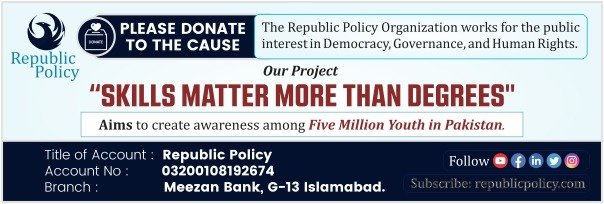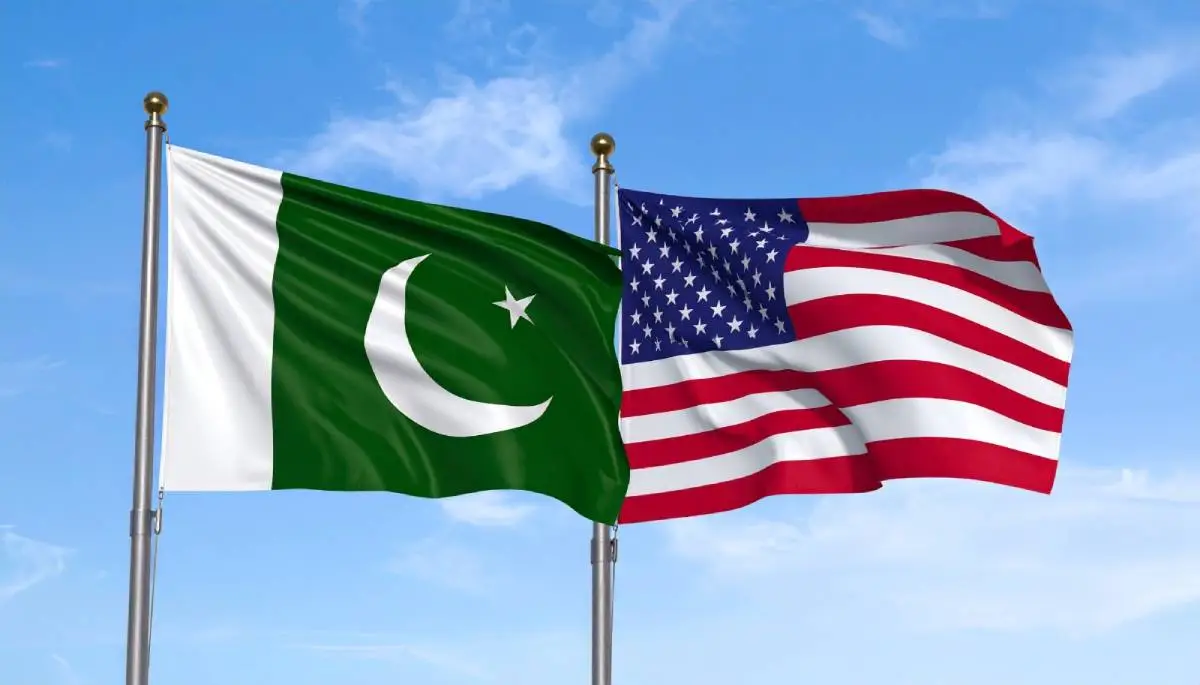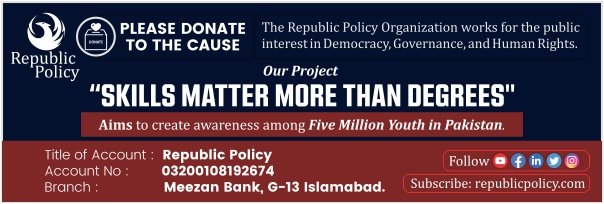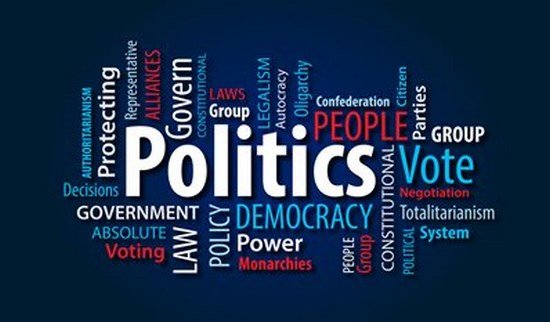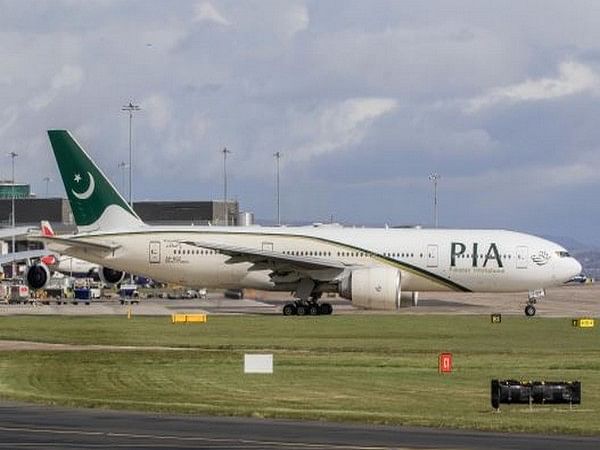Khalid Masood Khan
The recent US-Pakistan trade and oil exploration deal has ignited optimism in Islamabad, where policymakers and political leadership are touting it as a transformative moment in bilateral relations. Long seen as transactional and largely security-driven, US-Pakistan ties had, until recently, been characterized by tension, mistrust, and episodic engagement. This agreement, covering a framework for oil exploration and a trade arrangement, is being hailed as a turning point that could potentially shift the relationship into a more strategic economic dimension.
Follow Republic Policy on Website
Prime Minister Shehbaz Sharif quickly labeled the agreement a “landmark achievement”, reflecting the government’s desire to project a narrative of renewed economic opportunity and international engagement. President Donald Trump’s announcement on July 30, confirming that the two countries had concluded an arrangement to jointly develop Pakistan’s oil reserves, was followed by reports of a trade deal that would lower tariffs for Pakistani exports to the US.
The White House has since confirmed that the new tariff rate for Pakistani exports will be 19 percent, a reduction from the punitive 29 percent declared earlier under the Trump Administration’s “Liberation Day” tariffs. For Pakistan, which relies heavily on the US as its single-largest export destination, this offers cautious relief, though the rate remains high relative to the country’s fragile export competitiveness.
Follow Republic Policy on YouTube
The celebratory tone emerging from some quarters in Islamabad deserves careful calibration. While a reduction from 29 to 19 percent appears positive, Pakistan’s industrial and export structure remains highly vulnerable. Many of our industries operate on high-cost structures with minimal value addition, leaving them ill-equipped to sustain profitability under any significant tariff regime. Without diversification in both products and markets, even a 19 percent tariff could dampen export growth, particularly in textiles and leather goods, where margins are already thin.
Additionally, much of the optimism in Pakistan has been fueled by the comparison with India, which is now facing a 25 percent tariff on its exports to the US. This narrative, however, oversimplifies the situation. India’s robust industrial base, lower production costs, and diversified trade relationships allow it to absorb such shocks far more effectively than Pakistan. Even if some space opens for Pakistani exports in American markets, it is likely to remain limited.
Follow Republic Policy on Twitter
There are also geopolitical considerations at play. President Trump’s public criticism of India’s continued oil imports from Russia coincided with reports that Indian state-owned refineries have now halted such purchases. This adjustment demonstrates New Delhi’s ability to recalibrate its foreign policy to align with Washington’s expectations, ensuring that India remains in the US strategic orbit despite economic frictions. As a result, any presumed advantage for Pakistan in the US market may be temporary and marginal.
Meanwhile, Pakistan has announced plans to import one million barrels of US oil in October, a move that signals diversification from traditional Middle Eastern suppliers. While strategically sensible, such imports could strain foreign exchange reserves and worsen the balance of payments, given the higher shipping and transaction costs involved. This underscores the delicate balancing act required to convert new agreements into genuine economic benefits.
Follow Republic Policy on Facebook
The oil exploration component of the agreement is perhaps the most intriguing yet most uncertain aspect. Pakistan’s mineral wealth, particularly in untapped shale oil and gas reserves in the Indus Basin, holds considerable potential. A 2015 US Energy Information Administration (EIA) report identified promising opportunities, and US technical support could finally unlock long-dormant resource development.
However, history urges caution. Past exploration efforts, including those under the previous PTI government, often ended in disappointment despite lofty projections. Beyond geological risks, the absence of clear frameworks for cost-sharing, revenue distribution, and provincial participation threatens to undermine long-term success. Given that mineral exploration and development is a provincial subject under Pakistan’s Constitution, ensuring transparency and provincial buy-in is essential to avoid domestic discord and legal complications.
Follow Republic Policy on Instagram
The euphoria surrounding this deal must be tempered with realism. Without clear operational details, transparent mechanisms, and sustainable follow-up policies, the agreement risks becoming another unfulfilled promise in Pakistan’s long list of ambitious announcements. Economic managers must prioritize policy clarity, domestic reforms, and export competitiveness if they wish to transform this diplomatic milestone into tangible national benefits.
Moreover, the government must actively engage Parliament and the provinces in this process. Excluding key stakeholders will only invite internal challenges that could delay or derail potential investments. Proactive diplomacy, credible resource mapping, and alignment of fiscal incentives will be critical for turning hope into results.
Follow Republic Policy on TikTok
In conclusion, the US-Pakistan trade and oil exploration agreement represents a welcome opening in a historically narrow and security-driven bilateral relationship. But optimism alone is insufficient. Pakistan must match its celebratory rhetoric with concrete reforms, transparent policies, and effective economic planning. Only then can this agreement move beyond symbolism to deliver real, sustainable economic dividends for the country.
Follow Republic Policy on WhatsApp Channel


